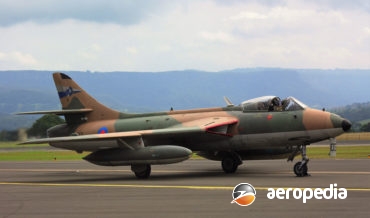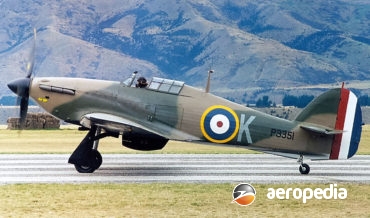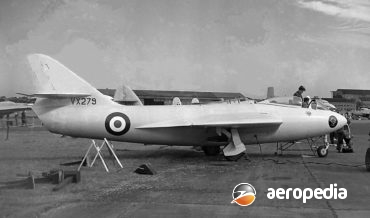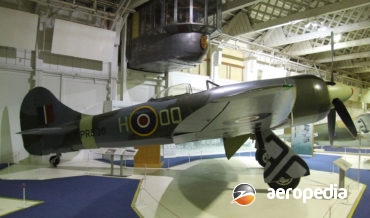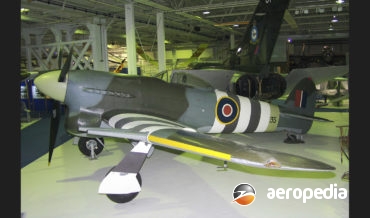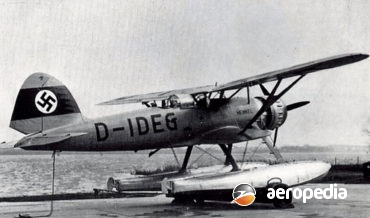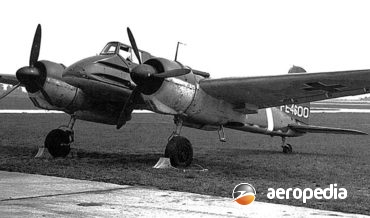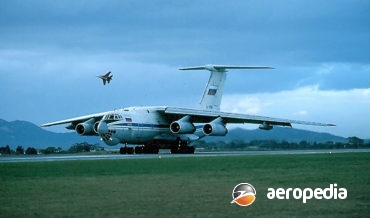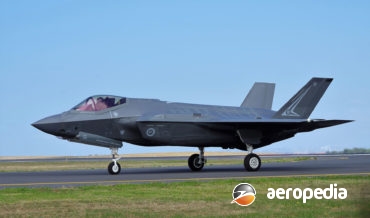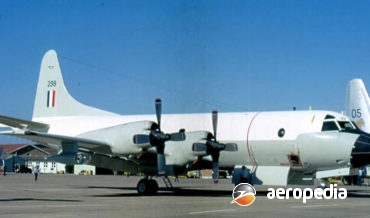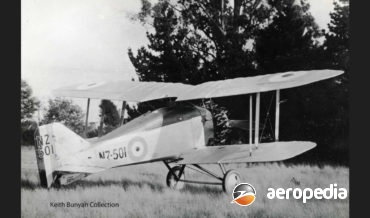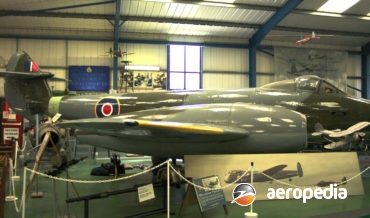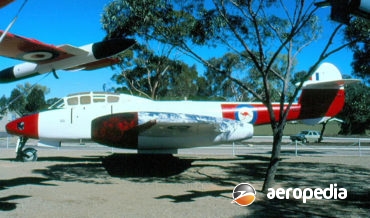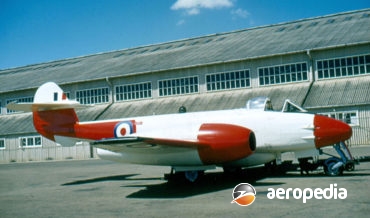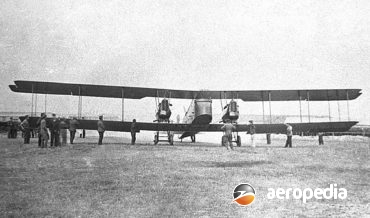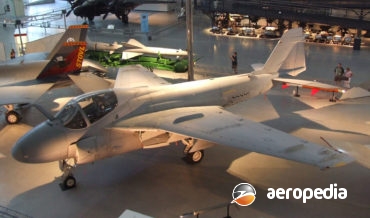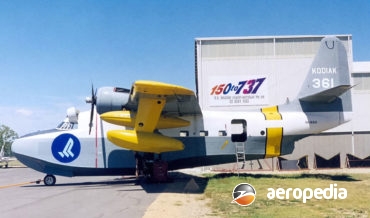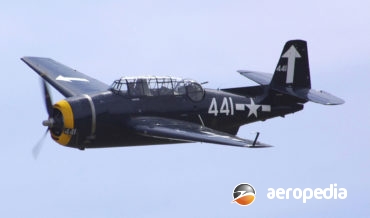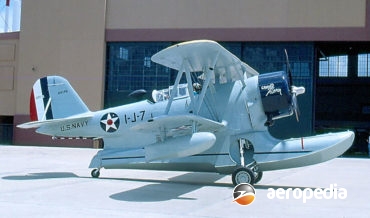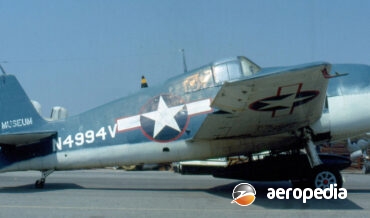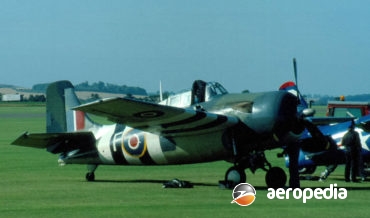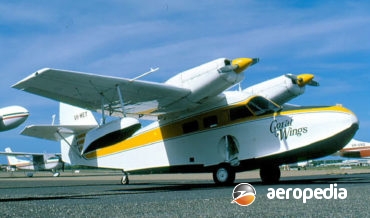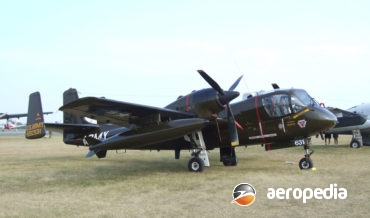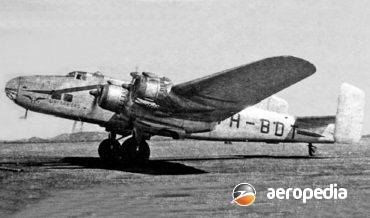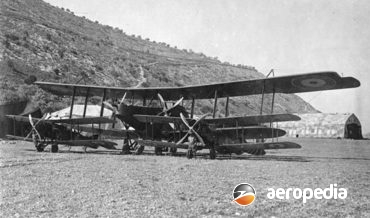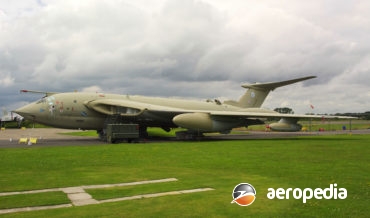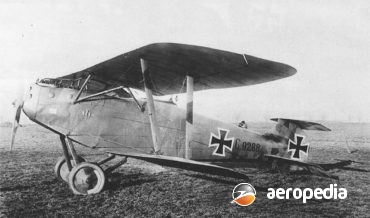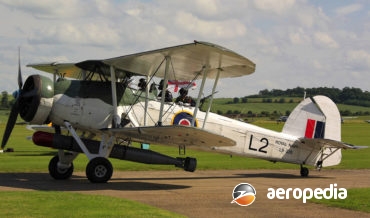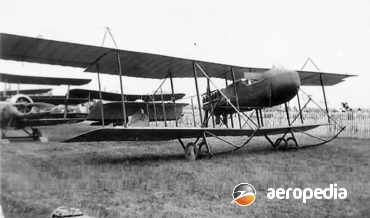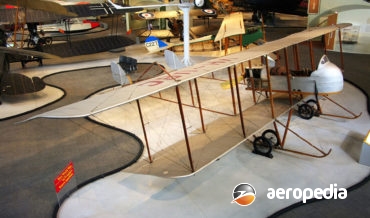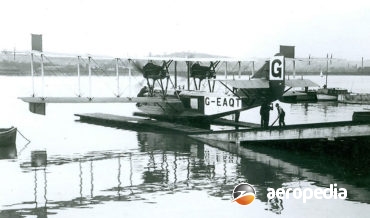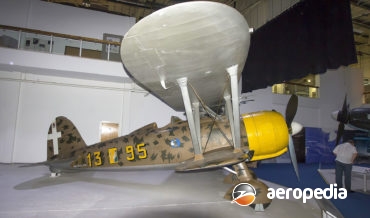David C. Eyre
Following the cessation of hostilities in World War II, Hawker initiated design of a private project single-seat fighter (known as the P-1067) powered by a 6,500 lbst Rolls Royce AJ65 axial flow turbojet fitted with two 30 mm Aden cannon.
David C. Eyre
- May 19, 2019
In 1954 Hawker chose to develop a two-seat variant of the Hunter, the prototype (XJ615) flying for the first time on 8 June 1955, a production order being placed for 55 aircraft with the designation Hunter T.7.
David C. Eyre
- May 19, 2019
The Hurricane was designed by Sydney Camm to Air Ministry specification F36/34, the prototype (K5083) built at Kingston making its first flight on 6 November 1935, the first production aircraft flying on 12 October 1937, and the first unit to receive the aircraft being No 111 squadron at Northolt.
David C. Eyre
- May 19, 2019
In 1950 the Australian Government expressed interest in obtaining a new variant of the Hawker P.1052 single seat fighter then under test at the Hawker facility at Kingston.
David C. Eyre
- May 19, 2019
The Tempest was a development of the Typhoon designed by a team lead by Sydney Camm, being a logical development of the earlier aircraft with the Napier Sabre IV engine
David C. Eyre
- May 19, 2019
The Hawker Typhoon was designed by Sydney Camm as an interceptor fighter to replace the Hurricane.
David C. Eyre
- May 19, 2019
The Heinkel He 114 was a two-seat twin float shipboard reconnaissance seaplane built for the German Navy.
David C. Eyre
- May 19, 2019
The Hs 126 was designed by Henschel Flugwerke AG at Schonefeld as an Army co-operation aircraft and was eventually used in the multi-role tactical aircraft role.
David C. Eyre
- May 19, 2019
The Hs 129 was one of a number of designs put forward to the German State Ministry of Aviation in 1937 for a dedicated close air support aircraft, becoming known as the “winged can-opener.
David C. Eyre
- May 19, 2019
The Candid military and civil freighter, as it became known by NATO, was designed by the Sergei Ilyushin Bureau under the leadership of Gerikh Novozhilov.
David C. Eyre
- May 19, 2019
Originally required as a navigation trainer for the RAF, the military conversion of the eleven-passenger Lockheed Model 14 Super Electra promised so much in performance that the decision was made in 1938 to order the type for the RAF off the drawing board as the Model 214 Hudson.
David C. Eyre
- May 19, 2019
The Lockheed Martin F-35 – or the Joint Strike Fighter as it was initially known - represents potentially the single largess and most ambitious military aircraft development for many years and is aimed at providing one aircraft to meet the requirements of a number of military services.
David C. Eyre
- May 19, 2019
In April 1944 the US Navy placed a contract for two prototypes of the Neptune long-range patrol bomber, designated SP2V-1. The prototype XP2V-1 (BuAer 48237) was rolled out at the company’s Burbank, California facility in May 1945, making its first flight on 17 May. The initial production model was
David C. Eyre
- May 19, 2019
The P2V-7 was a development of the earlier versions, and was the last model built, some 726 being delivered from Lockheed’s plant at Burbank between the first flight on 26 April 1954 and April 1962.
David C. Eyre
- May 19, 2019
Developed as a successor to the Lockheed P2V Neptune maritime patrol bomber from the Lockheed L-188 Electra commercial transport, the prototype YP3V-1 Orion (148276), which had a fuselage 2.1 m (7 ft) shorter than the commercial aircraft, was flown for the first time on 25 November 1959.
David C. Eyre
- May 19, 2019
The Grebe was designed by H P (Harry) Folland for the Gloster Aircraft Company, this company originating in 1917 as the Gloucestershire Aircraft Company which, at a plant near Cheltenham, established itself by building wooden aeroplanes for the RFC, and later the RAF.
David C. Eyre
- May 19, 2019
In 1940 the design staff at Gloster Aircraft commenced design of an operational jet fighter to meet specification F.9/40, the aircraft built being the only Allied jet aircraft to see operational service during World War II. On 7 February 1941 the British Ministry of Aircraft Production placed an order for
David C. Eyre
- May 19, 2019
The prototype of the Gloster Meteor fighter was flown for the first time on 5 March 1943. It was the first jet fighter to enter service with the Allies, and thus the type was in service during the closing stages of the conflict against Germany.
David C. Eyre
- May 19, 2019
In 1948 Armstrong Whitworth re-designed the Gloster Meteor as a two-seat night fighter and in this regard it fitted the Rolls Royce Derwent 8 in the NF-11 and the Derwent 9 in the NF-12 and NF-14.
David C. Eyre
- May 19, 2019
When the Royal Air force commenced retirement of the Meteor F Mk 4 fighter it looked at converting a number to target drones to help develop ground and air-launched guided missiles and it was decided to convert a number to be used as expendable targets that could be tested to
David C. Eyre
- May 19, 2019
The G.V was one of a series of long-range heavy bombers built by Gothaer Waggonfabrick A G Gotha in Germany which produced the type in some numbers during World War I, the series also being licence built by Luft Verkehrs GmbH (LVG) and Siemens Schuckert Werke GmbH.
David C. Eyre
- May 19, 2019
The Intruder is a twin-engine, two-seat, all-weather strike aircraft tht was built in some numbers for operations from US Navy aircraft carriers and entered service in 1963.
David C. Eyre
- May 19, 2019
In 1944 Grumman commenced design of a successor to the successful Goose amphibian and, known as the G-64 Albatross, the first of two prototypes flew on 24 October 1947.
David C. Eyre
- May 19, 2019
In April 1940 the US Bureau of Aeronautics placed a contract with Grumman Aircraft Engineering Corporation for the construction of two prototypes of a three-seat carrier-borne torpedo bomber known as the XTBF-1.
David C. Eyre
- May 19, 2019
Leroy Grumman was born on 4 January, 1885 in New York and learnt to fly in 1918, becoming a test pilot and engineer at the US Naval Aircraft Factory in 1920.
David C. Eyre
- May 19, 2019
One of the most successful fighter aircraft of World War II, the Hellcat was a development of the Wildcat fitted with a Double Wasp engine providing 1,492 kw (2,000-hp), the prototype, the XF6F-1, flying at Bethpage on 26 June 1942, the second prototype, the XF6F-3 flying six weeks later on
David C. Eyre
- May 19, 2019
The definitive prototype of the Wildcat, known by the manufacturer as the G-36, flew for the first time on 2 September 1937 under the designation XF4F-2.
David C. Eyre
- May 19, 2019
The Grumman G44 Widgeon fours eat light twin-engine, high-wing cabin monoplane amphibian was flown in prototype form for the first time in July 1940.
David C. Eyre
- May 19, 2019
The Grumman OV-1 Mohawk was developed for the US Army for the observation role, according exceptional visibility to the two man crew and able to carry a variety of cameras, radar and infra-red detection systems for photo-reconnaissance and electronic surveillance.
David C. Eyre
- May 19, 2019
On 4 December 1952 Grumman Aircraft flew the prototype of what was, for many years, one of the most important anti-submarine aircraft in the western inventory.
David C. Eyre
- May 19, 2019
The Halberstadter Flugzeugwerke, formerly the German office of the Bristol & Colonial Aeroplane Company, produced a series of fighter aircraft for the German Airforce prior to and during World War I.
David C. Eyre
- May 19, 2019
One of the most important bombers of World War II, a total of 6,179 Handley Page Halifax’s had been built by time the production ended, having been built by Handley Page (1,592), English Electric (2,145), London Aircraft Production Group – LAPG (710); Rootes Securities (1,071) and Fairey Aviation (662).
David C. Eyre
- May 19, 2019
The O/400 (Handley Page HP.12) was a development of the O/100, which was built to the requirements of the British Admiralty
David C. Eyre
- May 19, 2019
The prototype of the HP.80 Victor (WB771) made its first flight on 24 December 1952 but the programme suffered a setback when, on 14 July 1954, during a low-level run at Cranfield the ‘structural rigidity of the tail was slightly reduced by a minor fatigue failure’ causing the tailplane to
David C. Eyre
- May 19, 2019
Prior to World War I Hannoversche Waggonfabric AG was known for building railway rolling stock for the various railway in Europe, and in 1915 it was directed by the German Government to commence production of aeroplanes for the armed services.
David C. Eyre
- May 19, 2019
The Swordfish had its genesis in 1932 when Fairey built a two-seat torpedo bomber/three-seat spotter reconnaissance biplane as a private venture.
David C. Eyre
- May 19, 2019
General Hirschauer, the Director of military aviation in France in 1915, sought that the Farman brothers, Henry and Maurice, design an aircraft to replace the MF-7 and MF-11 and they designed it around a cockpit which was ovoid in shape and was suspended between the wings and had a more
David C. Eyre
- May 19, 2019
The Farman brothers, Henry and Maurice established a collaborative business to produce aircraft, although they retained their independent activities. In 1910 Maurice began experimentation with a design which lead to the Farman MF-7, an unequal-span biplane with a multiplicity of struts and bracing wires and fitted with a pusher engine,
David C. Eyre
- May 19, 2019
The Felixtowe F.3 (also known as the Porte Felixtowe F.3), the prototype of which made its first official flight on 9 February 1917, was one of a series of large flying-boats built for the Royal Navy.
David C. Eyre
- May 19, 2019
The CR.42 was designed by Celestino Rosatelli and was a development of the CR.32 fighter, and the experimental CR.41 of 1936, and was the last single-seat biplane fighter built by any of the combatants for World War II.
David C. Eyre
- May 19, 2019
Recent Comments
Archives
Categories
- No categories
Categories
- No categories
Latest Posts
Newsletter

